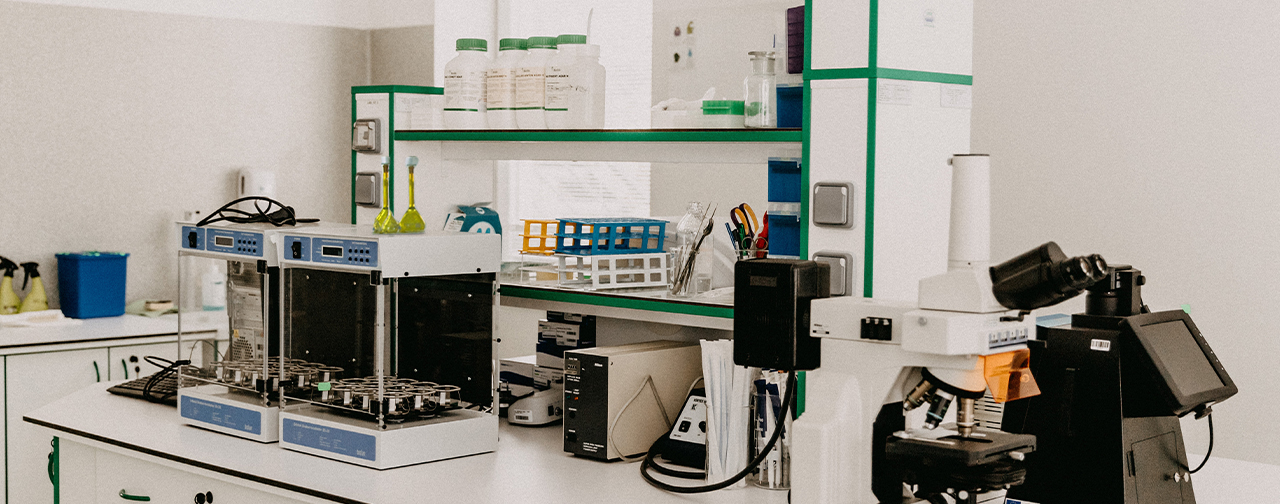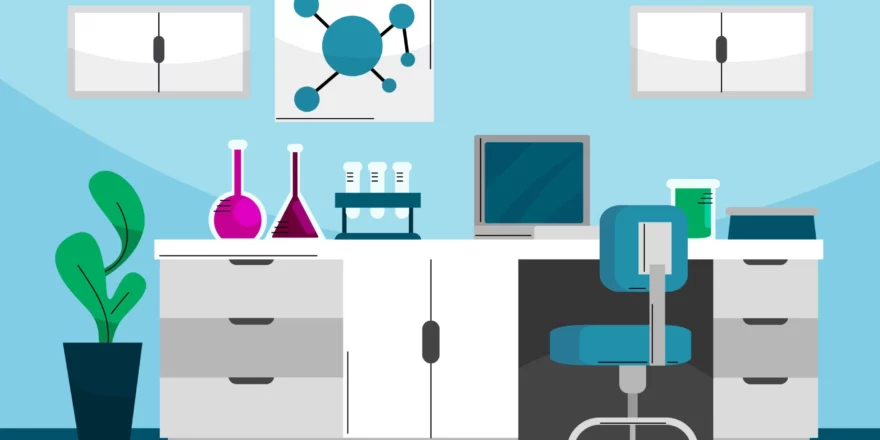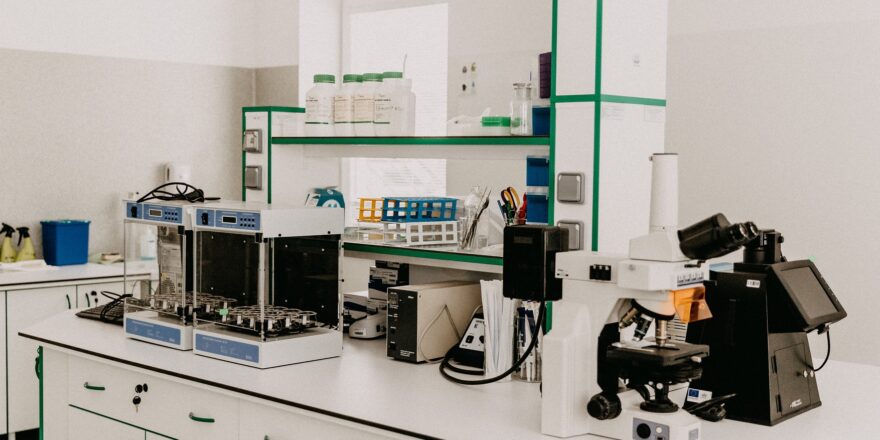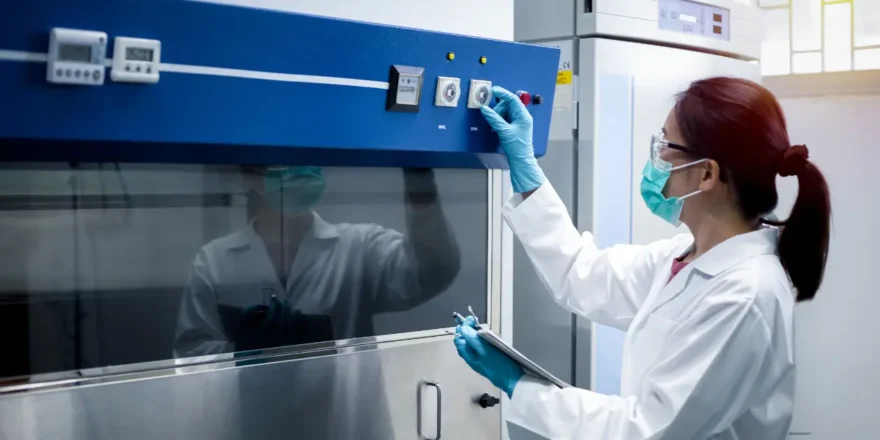The value of science labs in education cannot be overstated. When purchasing new furniture for a science lab or replacing outdated equipment, buyers should consider several things. It’s crucial to make sure you select durable, high-quality modular laboratory furniture. You might find some less expensive options online, but they might not perform the task you require as well as you had hoped, they will only last for a while, and they might be built of inferior materials.
Therefore, you should take your time when selecting lab furniture. Consider your requirements and whether the solutions you are thinking about will suit your lab. You’ll want to remember the following advice before making a lab furniture purchase.
The Objective Of A Chemistry Lab
– The capacity to solve chemical equations using predetermined processes based on accepted scientific theories.
– Students/Researchers must be able to predict and explain observable phenomena using a chemical approach.
– Along with accurate data collection, proficiency with measuring devices and lab equipment is expected.
9 Considerations For Choosing Laboratory Furniture
For the best design and functionality, there are a few common considerations. Below is a discussion of a few of them:
1. It’s Important To Provide A Safe Working Environment
Safety is the most important factor, followed by everything else. Additionally, dealing with chemicals, fire, glassware, and electricity are just a few things that most lab work entails. Therefore, a fire extinguisher should be available, and lab staff members should receive training on how to use it.
2. Make Optimum Use Of The Available Space
Researchers and other staff should be able to move around the lab furniture quickly. Easy movement is for both within and outside the lab. While planning the layout, one should keep At least three feet between any two workbenches inside the lab on at least three edges (considering the fourth being next to the wall). This will allow teachers and students to freely transport lab supplies between workstations and from a central storage area inside the lab.
3. Storage Capability
Primary lab supplies and equipment should be kept nearby, preferably in storage cabinets. As a result, there will be less student movement before, during, and after class, which reduces the possibility of damage to both students and supporting equipment. Always prioritise pre-storage procedures, stock the relevant resources at the beginning of the term, and each cohort of students must take responsibility for the items. This develops a sense of accountability that helps avoid any malicious damage.
4. Important Furnishings
Standard workbenches in a chemistry lab include a sink, water faucet, and reagent rack. These workbenches may also feature base cabinets to store equipment, glassware, and other items. Also, chemicals are kept in special cabinets. Workbenches have the necessary gas and water hookups to carry out a variety of experiments. Other necessities include a teacher’s table, first aid kit, safety chart, and fire extinguisher.
5. Materials Of The Lab Furnitue
First, consider how the lab will be used while choosing a tabletop material. For instance, ensuring chemical and fire resistance is a top issue for lab materials for chemistry. Varied materials have different qualities that suit their individual uses.
6. Reagent Rack
Ready-to-use chemicals and glassware are kept on a reagent rack during experiments. The experiment’s working space is clear, and any unintentional spills or breaks are avoided. Typically, a workbench’s top is where it is mounted. It is available in single-tiered and double-tiered styles, among others.
7. Sink
Sinks are essential for disposing of trash. They are available in various materials, including stainless steel and polypropylene (PP). Most of them are impervious to all acids, alkalis, and solvents. PP sinks, minimise the glassware damage on impact. Hence they are preferable.
8. Base Cabinets
Under the worktop are base cabinets, which serve as storage. Major laboratory supplies and equipment are kept there for local usage. For the accountability of inventory stock & ongoing monitoring of breakage, in any case, it is important to establish pre-storage layouts, and stocking of necessary items is usually done at the beginning of each session. Moreover, they are constructed using colorful materials, including CRC Sheets, MDF, particle board, and plywood. Many institutions choose base cabinets as independent objects, while others select base cabinets attached to worktops.
9. Systematic Extraction
Even if they don’t directly belong to the furniture category, extraction systems are nonetheless a part of the infrastructure for furniture. Extracting fumes from anywhere does need an effective fume hood. You can utilise enclosures over analytical balances, spot extractors over rotavapor, and canopies overwash areas. You can cut costs and the volume of emissions by doing this.
The Bottom Line
Hence, we offer modular laboratory furniture at Santech Labs. When designing lab furnishings, we first consider the needs when planning the entire research space. Additionally, we handle the whole installation of research lab furniture.




